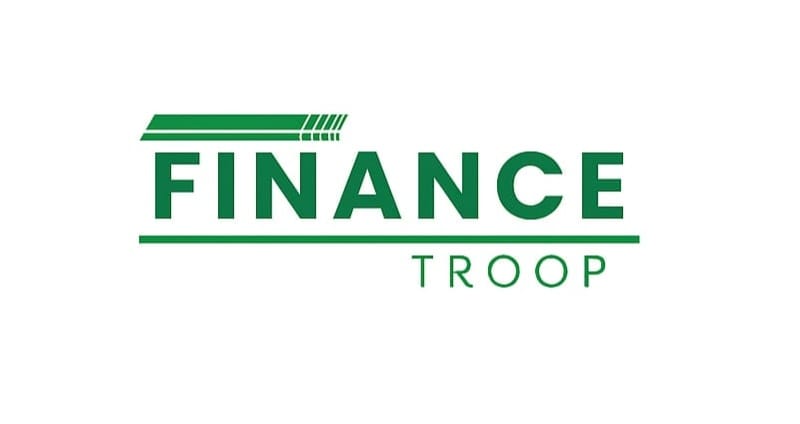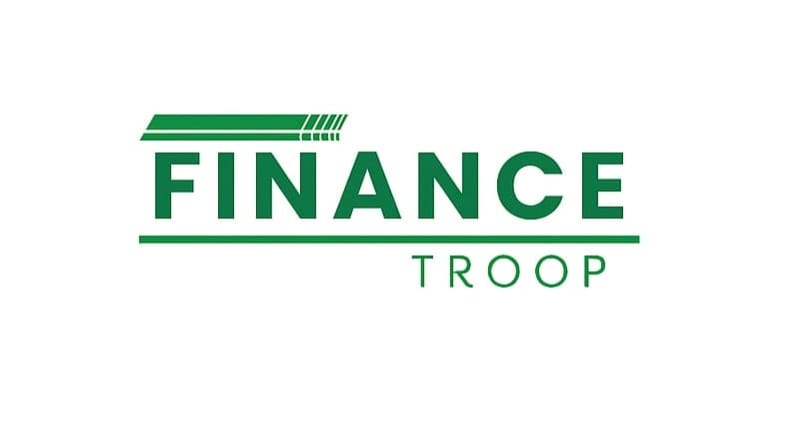When it comes to choosing safe and reliable investments in India, Fixed Deposits (FDs) and Systematic Investment Plans (SIPs) are two of the most widely considered options.
While FDs have been a trusted choice for decades, SIPs have gained massive popularity in recent years due to their potential to generate higher, market-linked returns.
But which one should you choose in 2025? What fits your financial goals better — guaranteed returns or long-term compounding?
In this guide, we’ll explore:
What Is an FD (Fixed Deposit)?
A Fixed Deposit (FD) is a traditional bank investment where you deposit a lump sum for a specified period — and get a fixed rate of interest at maturity.
FDs are popular because they are:
- Easy to open (via any bank or post office)
- Guaranteed by the government (up to ₹5 lakh under DICGC)
- Ideal for conservative investors who avoid market risk
In 2025, FD interest rates are in the range of 6.5%–7.75%, based on:
- The bank (PSU/Private)
- Tenure (1 to 5 years)
- Senior citizen status (they get 0.25%–0.50% extra)
FDs suit those who want stable, risk-free returns, even if it’s lower than market-linked products.
What Is a SIP (Systematic Investment Plan)?
SIP is a way of investing a fixed amount regularly (monthly or quarterly) in mutual funds.
Your money is invested in equities, debt, or hybrid mutual funds — depending on your risk appetite.
Why SIPs are preferred by many in 2025:
- Encourages disciplined investing
- Allows rupee-cost averaging (buying more units when the market dips)
- Higher long-term return potential (especially equity SIPs)
- Full flexibility: you can pause, stop, or switch plans online
While FDs offer fixed interest, SIPs offer market-linked growth — ranging from ~5–12% depending on fund category and duration
SIP vs FD — 2025 Comparison Table
Parameter | Fixed Deposit (FD) | Systematic Investment Plan (SIP) |
Return Type | Fixed (6.5%–7.75%) | Market-based (5%–12% avg.) |
Risk Level | Very low | Low to high (based on fund type) |
Lock-in Period | 7 days – 10 years | No lock-in for open-ended funds (ELSS = 3 years) |
Taxation | Interest taxed as per slab | Equity MF: 10% LTCG after ₹1 lakh |
Liquidity | Can break FD with penalty | Withdraw ANY time (except ELSS) |
Suitable For | Retirees, low-risk investors | Long-term investors, goal-based planners |
Compounding | Quarterly/half-yearly | Daily NAV-based compounding |
Best For | Capital safety, short-term savings | Wealth creation, long-term goals |
When Should You Choose an FD?
FDs still hold value in 2025 for investors who:
- Want fixed, guaranteed returns with no surprises
- Prioritize capital protection over profits
- Have short- to medium-term savings goals (1 to 3 years)
- Are senior citizens depending on fixed interest to manage expenses
- Need money accessible at short notice (bank FDs are partially liquid)
- Prefer preset deposit maturity over flexible investments
Bonus: Some banks now offer tax-saver FDs with 5-year lock-in, under 80C (up to ₹1.5 lakh/year) — but without early withdrawal.
When Does SIP Work Better Than FD?
Opt for SIPs if you’re:
- Earning monthly and want to build habit + wealth gradually
- Comfortable with 3+ year investment timelines
- Aiming for goals like education, marriage, retirement
- Seeking better returns than FDs, with disciplined automation
- Investing for kids, long-term plans, down payments, etc.
Over 7–10 years, equity-oriented SIPs often offer double or more than a typical FD return — but only in the long term. Historical data shows many equity funds delivered 10–13% CAGR over a decade.
Taxation Rules in 2025
FD Taxation
- Interest is added to total income and taxed per your slab
- No tax advantages (unless in 5-year tax-saving FD)
- TDS is deducted if annual interest exceeds ₹40,000 (₹50,000 for seniors)
SIP Taxation
- Equity Funds: 10% LTCG on gains exceeding ₹1 lakh/year after 1 year
- Debt Funds: Taxed per income slab (new rules align with income tax)
- Dividends are also taxed as income in your hands now
Overall, SIPs in equity funds are more tax-efficient over 3+ years than FDs, especially for those in higher tax slabs.
Which One is Better for Different Investors?
Let’s simplify:
Investor Type | Best Option |
Retired person | FD (or FD + debt fund mix) |
25–40 y/o salaried employee | SIPs (goal-based investing) |
Short-term savings (1 year) | FD or liquid fund |
Long-term wealth creation | SIP in equity MFs |
Senior citizen (monthly income) | Senior Citizen FD |
Young investor starting out | SIP (even with ₹500/month) |
Example: ₹5,000/month for 5 years
Option | Maturity Value (Est.) |
Bank FD @ 7.25% | ~₹3.6 lakh |
SIP @ 11% avg. returns | ~₹4 lakh+ |
Assumes no tax deducted. Actual SIP returns depend on market.
Final Advice – SIP or FD?
Both serve different purposes:
- FD = safe parking, predictable returns
- SIP = long-term growth, better tax optimization
You don’t have to choose just one.
Smart portfolios mix both:
- Use FDs for short-term goals or emergency funds
- Use SIPs (especially in equity funds) for long-term growth, retirement, or milestone planning
Before you invest, ask:
Is return guarantee or growth more important to me?
Let that answer guide your choice.
Frequently ask questions(FAQ)
1. Which is safer: SIP or FD?
A Fixed Deposit (FD) is considered safer because it offers fixed returns and is generally insured up to ₹5 lakh by DICGC in India. A SIP (especially in equity mutual funds) carries market risk but can earn higher returns if held long-term.
2. Can I lose money by investing in SIPs?
Yes, if you withdraw too early or during a market downturn. SIP returns vary depending on the fund type and market performance. Over a long period (5–10 years), SIPs in diversified equity funds tend to beat inflation and often outperform FDs — but they’re not guaranteed.
3. How are SIPs taxed compared to FDs?
FD interest is taxed as per your income slab.
SIP in equity funds gets taxed at 10% for gains above ₹1 lakh if held for more than a year.
Debt mutual funds are now taxed as per slab (from April 2023 rules).
In most cases, SIPs can be more tax-efficient than FDs over the long term.
4. What happens if I break an FD or stop a SIP midway?
FD: You can break it early, but you’ll likely get a lower interest rate and may pay a penalty.
SIP: You can pause or stop anytime without financial penalty, but stopping early may affect your fund growth goal.
5. Which investment is better for short-term goals?
FD is usually a better option for short-term goals (under 1–2 years) because it provides fixed returns and low risk. SIPs are better suited for long-term goals like children’s education, retirement, or home down payment.
6. Is there any lock-in period for SIP and FD?
FD: Tenure is fixed (7 days to 10 years). You can’t withdraw without penalties before maturity.
SIP: Most mutual funds are open-ended with no lock-in. However, ELSS funds have a 3-year lock-in.
7. How much do I need to start a SIP or FD?
SIP: You can start with as little as ₹500 per month.
FD: Minimum deposit is usually ₹1,000–₹5,000, depending on the bank.
Both are quite accessible for beginners.
8. Can senior citizens benefit more from FDs or SIPs?
Senior citizens often prefer FDs because of stability and higher interest rates (~0.5% extra). However, if they have an investment horizon of 5+ years and a moderate risk appetite, debt fund SIPs can offer better post-tax returns.
9. Can I invest in both SIP and FD together?
Yes. In fact, many financial advisors recommend diversifying — use FDs for short-term safety and SIPs for long-term growth. This balances liquidity, risk, and returns.
10. Which gives better returns: SIP or FD?
Historically, SIP in equity mutual funds has delivered 8%–12% annualized returns, while FDs usually offer 6%–7.5%. SIPs can outperform over 5–10 years, but they come with market risk, unlike FDs.
Click here to more information about: PhonePe Loan: Eligibility, Benefits And Comparison With Google Pay Loan





1 Comment
Pingback: PhonePe Loan: Eligibility, Benefits And Comparison With Google Pay Loan - Finance Troop